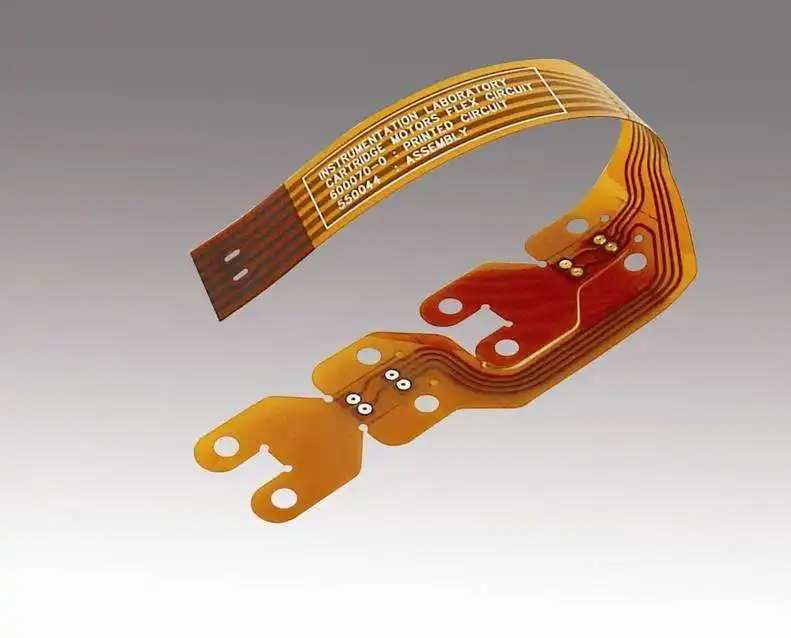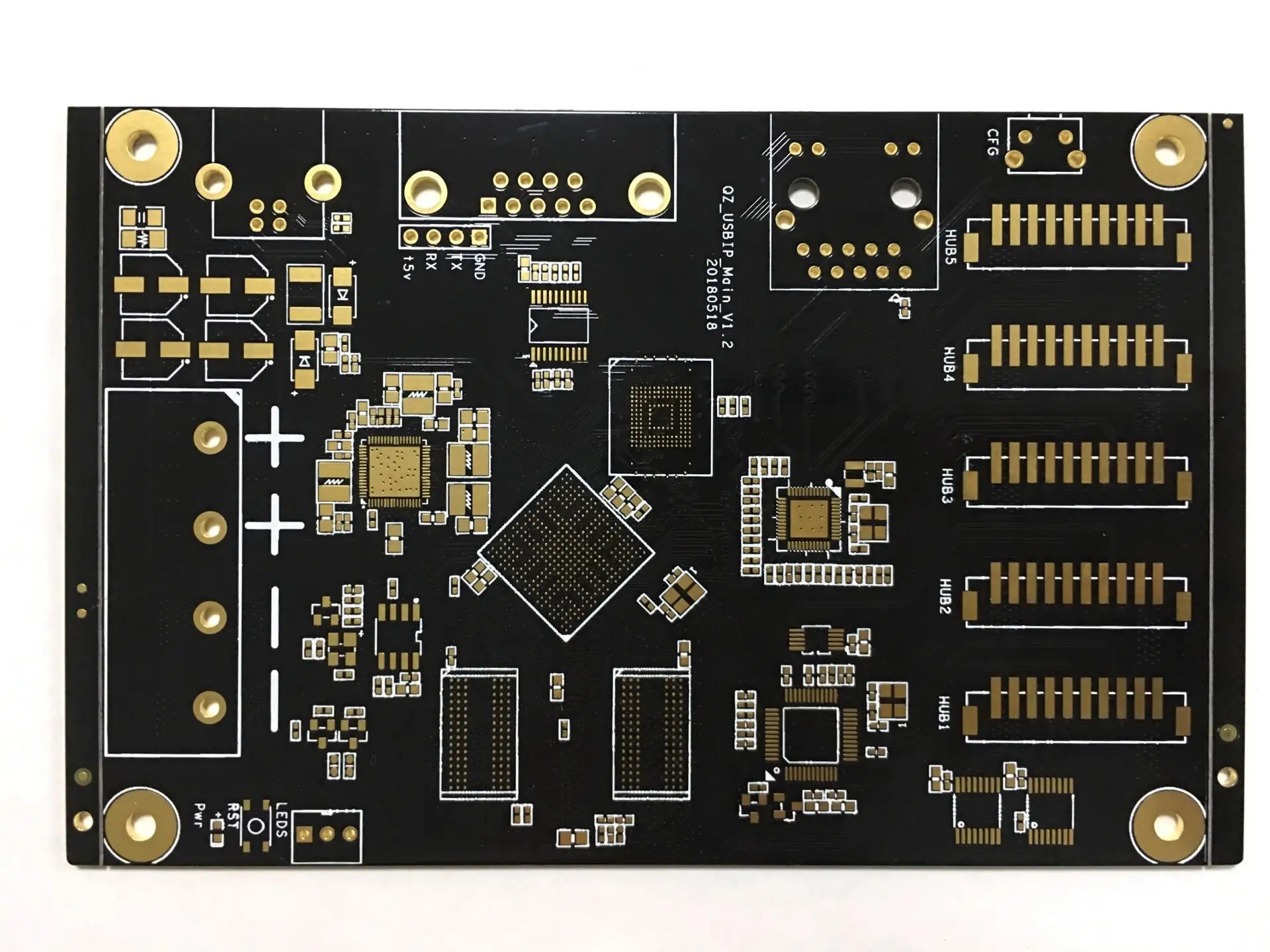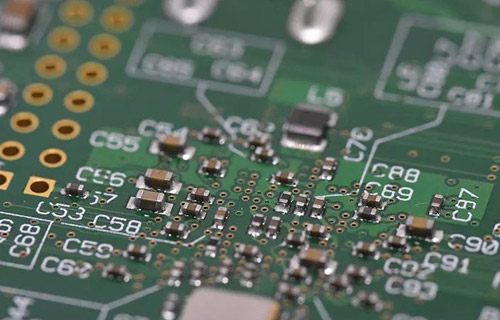
The circuit board manufacturer explains the basic knowledge of surface mount technology
Circuit board manufacturing, circuit board design and PCBA processing manufacturers will explain the basic knowledge of surface mount technology
Solder paste is a paste composed of solder powder and paste solder with soldering function. Generally, solder powder accounts for about 90%, and the rest is chemical composition.
We call objects that can change their shape or be divided at will as fluids. The science that studies the laws and characteristics of deformation and flow behavior caused by external forces on fluids is called rheology. But in engineering, the concept of viscosity is used to characterize the fluid viscosity.
Rheological Behavior of Solder Paste
A certain amount of thixotropic agent is mixed in the solder paste, which has the property of pseudoplastic fluid. When printing, the solder paste is pushed by the scraper, and its viscosity decreases. When it reaches the template window, the viscosity reaches the minimum, so it can smoothly pass through the window and settle on the PCB pad. With the stop of external force, the solder paste viscosity quickly rises again, so that there will be no collapse and overflow of printing graphics, and good printing results will be obtained.
Factors affecting the viscosity of solder paste: solder powder content; Solder powder particle size; Temperature; Shear rate.
1. Solder powder content
The increase of solder powder in solder paste causes the increase of viscosity.
2. Solder powder size
The particle size of solder powder increases and the viscosity decreases.
3. Temperature
The viscosity decreases with the increase of temperature. The optimum ambient temperature for printing is 23 ± 3 ℃.
Reflow soldering editing
The circuit assembly technology of reflow soldering or dip soldering.

summary
Reflow soldering, also known as "reflow soldering", "reflow welder" or "reflow oven", is a device that can reliably combine surface mounted components and PCB pads through solder paste alloy by providing a heating environment to melt solder paste. According to the development of technology, it can be divided into gas phase reflow soldering, infrared reflow soldering, far infrared reflow soldering, infrared heated air reflow soldering and full hot air reflow soldering. In addition, according to the special needs of welding, there is a reflow furnace filled with nitrogen. Far infrared reflow, infrared heated air reflow and full hot air reflow are more popular and practical.
Infrared reflow soldering
(1) First generation hot plate reflow welding furnace
(2) Second generation infrared reflow soldering furnace
In thermal energy, 80% of the energy is emitted in the form of electromagnetic wave - infrared ray. Its wavelength is between 0.7~0.8um and 1mm of the upper limit of visible light, and 0.72~1.5um is near-infrared; 1.5~5.6um is mid infrared; 5.6~1000um is far infrared, while microwave is above far infrared.
Heating mechanism: when the vibration frequency of the infrared wavelength is consistent with the vibration frequency of the molecules of the object to be radiated, resonance will occur, and the violent vibration of the molecules means that the object is heating up. The wavelength is 1~8um.
The temperature of the fourth zone is set to the highest, which can cause the temperature of the welding zone to rise rapidly and improve the wet sobbing force. Advantages: rapidly hydrating flux, organic acid and halide to improve wetting ability; The radiation wavelength of infrared heating is similar to the absorption wavelength, so the substrate temperature rises quickly and the temperature difference is small; The temperature curve is easy to control and has good elasticity; The infrared heater has high efficiency and low cost.
Disadvantages: poor penetrability, shadow effect - uneven heat.
Countermeasures: Hot air circulation is added in reflow welding.
(3) The third generation - infrared hot air reflow welding.
The speed of convective heat transfer depends on the wind speed, but excessive wind speed will cause component displacement and promote the oxidation of solder joints. The wind speed is controlled at 1.0~1.8m/s. There are two forms of hot air generation: axial fan generation (easy to form laminar flow, and its movement causes the boundary of each temperature zone to be unclear) and tangential fan (the fan is installed outside the heater to generate panel vortex, so that each temperature zone can be accurately controlled).
Adjustment of basic structure and temperature curve:
1. Heater: tubular heater, plate heater aluminum plate or stainless steel plate;
2. Transmission system: heat-resistant tetrafluoroethylene glass fiber cloth;
3. It runs stably and has good thermal conductivity, but cannot be connected. It is suitable for small hot plate type stainless steel mesh, double-sided PCB, and cannot be connected; The chain guide rail can realize connection production.
4. Forced convection system: temperature control system.
PCB manufacturers, PCB designers and PCBA processors will explain the basic knowledge of surface mount technology.







